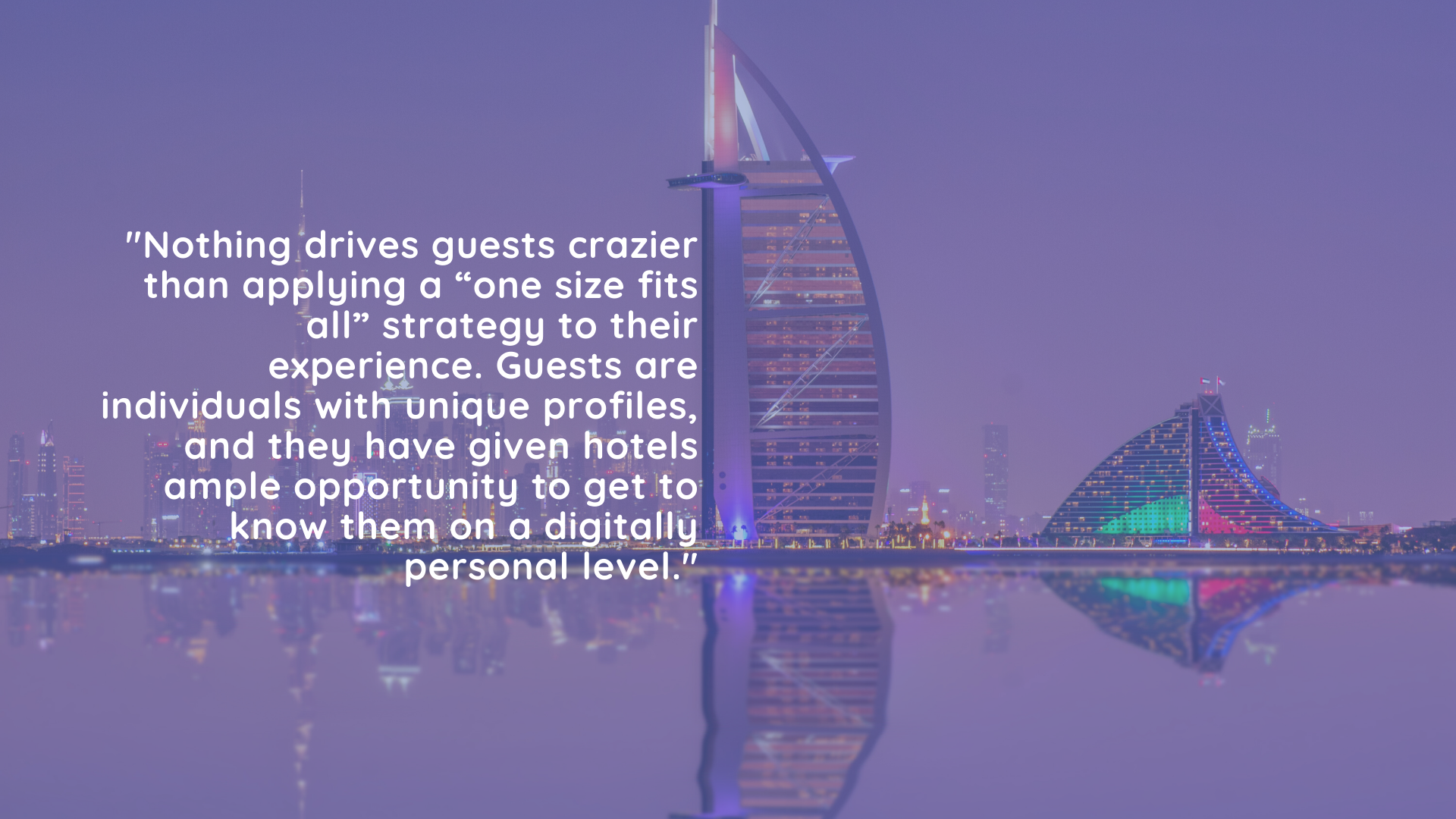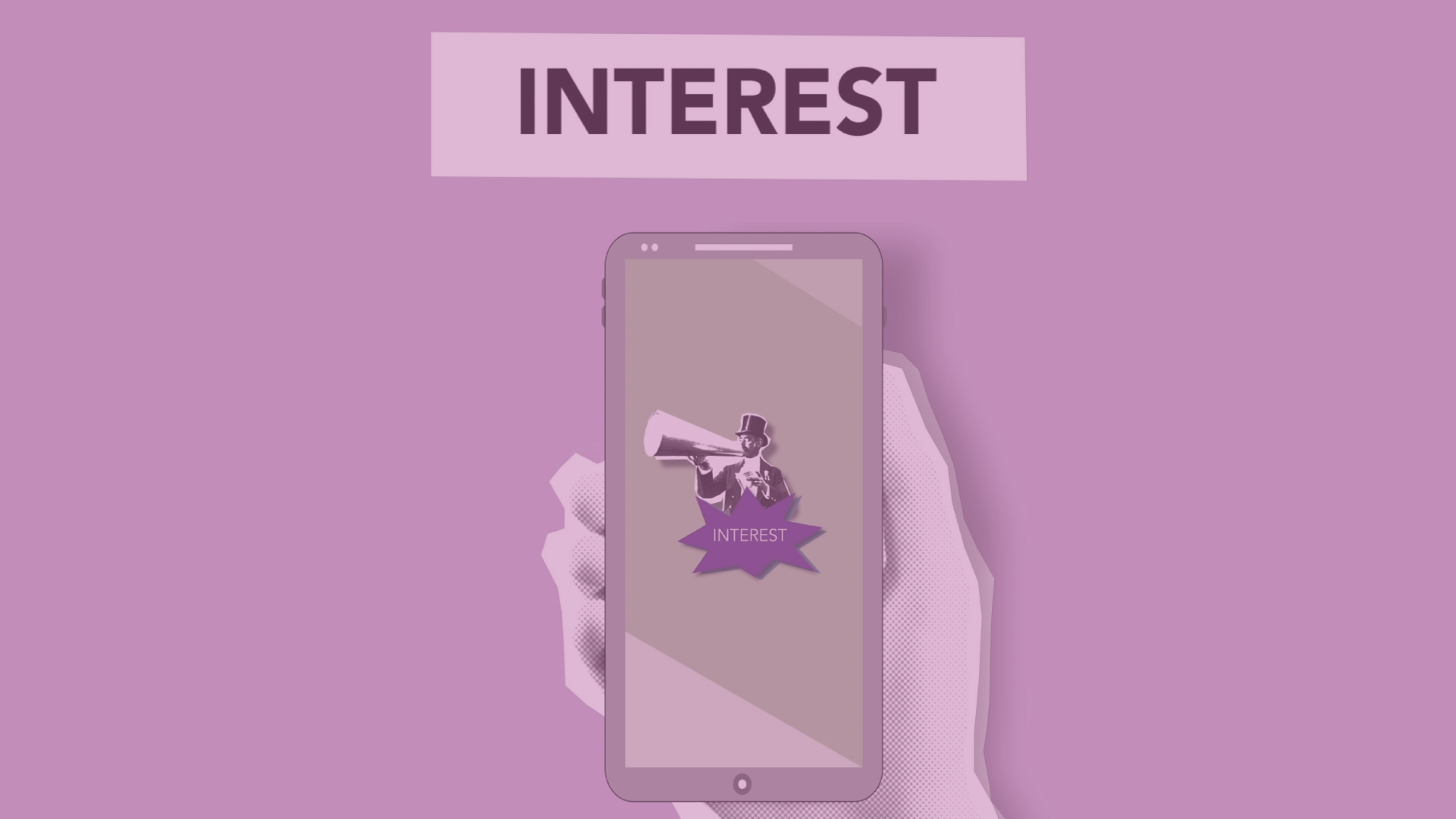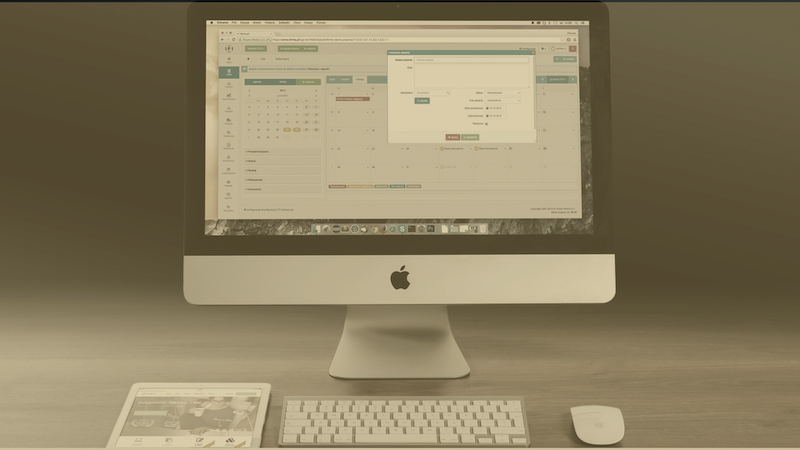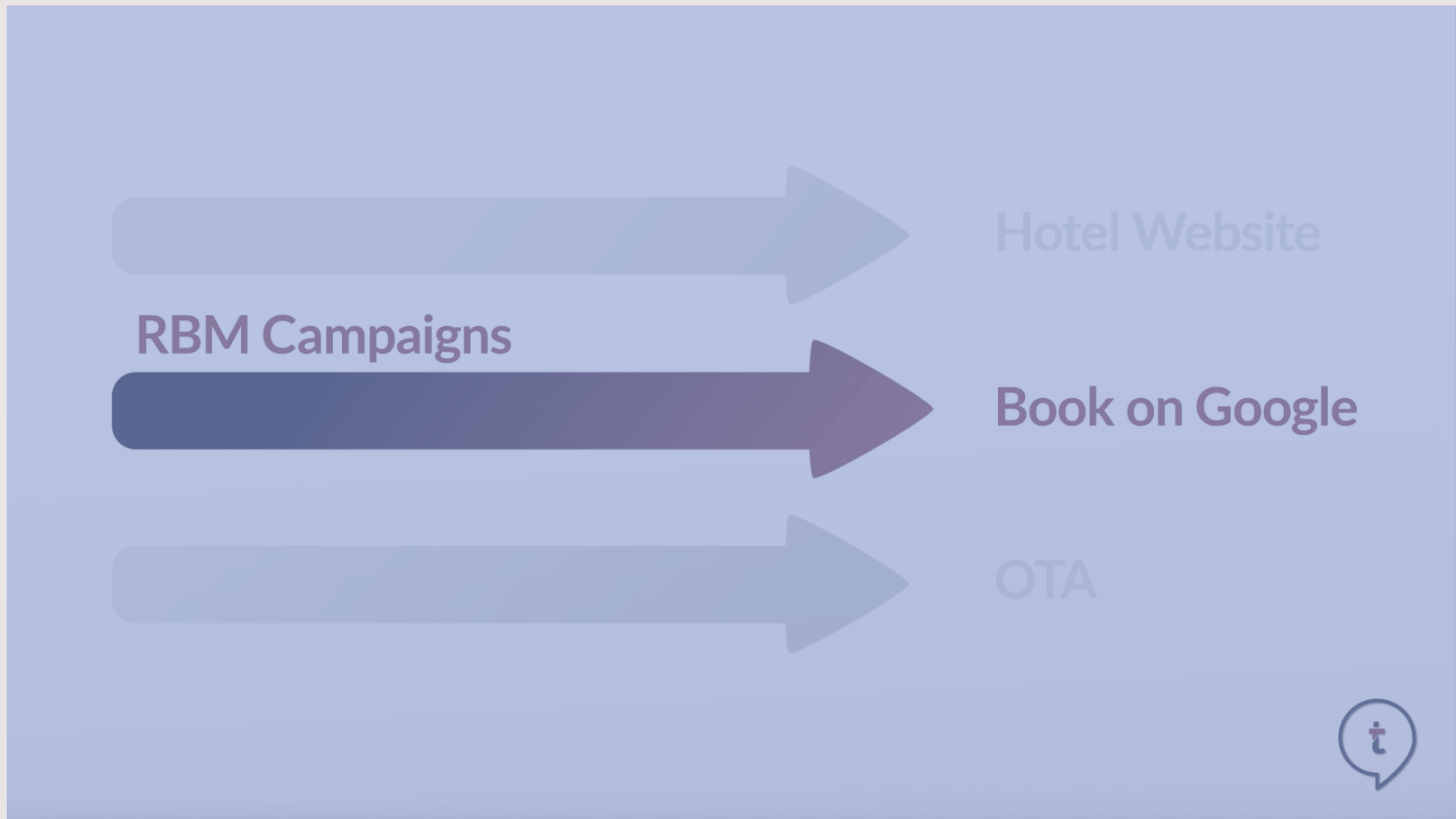Adding a Personal Touch to Contactless Guest Technologies
Many articles have already been written about what hoteliers need to do as part of the pandemic recovery effort. In addition to strict cleaning and safety protocols, there is a lot of talk about how technology can solve part of the problem. While these efforts are valid, our industry is starting to make hotels sound like a combination of hospitals and robotic manufacturing plants. I wonder where this leaves room for the personal touch that has long been the part of the art of hospitality I’ve loved for so long.
Savoir recevoir is at the core of the hotel owners and operators whom I’ve had the pleasure of partnering with for the last 20 years. But if we (the industry) don’t approach this problem from a personalised guest experience point of view, then it really isn’t helpful or meaningful. Rather than propose radical changes to the way we engage with guests, let’s take a more holistic, natural view of their journey and serve them at critical touch-points with guest-facing technologies that are convenient, consumer-like and yes, contactless.
700 million people will book their hotel rooms online by 2023. Considering that 82% of all travel bookings in 2018 were made online and because the pandemic has accelerated everything digital, why do we think that guest will prefer offline engagement when they arrive? Putting ourselves in the shoes of leisure and business travellers, we can imagine that they digitally booked travel, hotel stays and ridesharing as part of their trip. Some corporate travel programs include apps that go beyond sourcing and booking tickets and rooms to contactless payments and automatically uploading expenses.
A good example is what happens at the airport. It’s not that travellers don’t want to engage with people, but mobile check-ins and self-serve baggage drops just save a lot of time and irritation. Airports and airlines have maximised these trends. They can streamline several processes that save on staff expense and increase the probability of on-time departures. Additionally, they can get travellers into the belly of the airport faster to increase the likelihood of discretionary spending on food, beverages and gifts.
Upon arrival at the hotel, guests would not find it “creepy” if properties knew they were already on the premises or in the parking garage and started digitally engaging with them. In fact, it’s often comforting for them to get validation that they’re in the right place. Before mobile, I had to often rely on a taxi driver to get me to the right hotel in a strange city where a hotel chain might own several properties. Now I view my mobile phone as the source of truth, rightly or wrongly.
Guests understand and accept that hotels already have a vast amount of their personal data, including their home address and credit card information. So, hotels that begin engaging immediately through mobile devices will not come as a -surprise. Rather it’s now becoming the new way of greeting and welcoming guests.

Technology that is already being used in public Wi-Fi networks, such as Passpoint (Hotspot 2.0), is now introduced to the hospitality industry. Guests are authenticated easily and securely and can immediately be connected to their loyalty profile and hotel services. Think about leaving a plane in a different country - your phone automatically connects, sends a message with roaming packages or other services, and doesn’t prompt you for additional login details. It knows who you are and where you are.
Hotel chains now provide similar journeys to their guests, so they can ‘connect and service’. The method to do that has existed for years in mobile operator networks: an encrypted ‘profile’ is installed on the mobile phone, which securely links to a loyalty profile. Another example is the public internet in New York City. 7,800 public phones have been replaced on a public communication network called LinkNYC. Users download a Passpoint profile to their device and are connected at all times. Imagine every time you changed your location; you had to search for a mobile network, login with username and password, etc. This is how some Wi-Fi still works today and is also the bottleneck to seamless connectivity.
Around ten years ago, I was sitting with the General Manager of a resort hotel of a leading hotel chain. He looked around in the lobby and saw all guests ‘staring at their mobile devices’. He complained that when he wanted to push a promotion to these guests and sell his services, he actually had to rely on legacy digital signage screens or even posters in the elevators. I am not convinced this has really changed until today.
Guests won’t find it inhospitable when they can check-in via mobile and then open the door to their rooms via a digital room key without going to the front desk. On the contrary, the digital journey they started now appears seamless and natural in its continuity and they, not the hotel, can decide when, and if, to engage with the hotel staff.
Continuing this journey, enabling guests to control their in-room environment and surrounding amenities, just like they do at home, is expected. If it has become second nature to give voice commands to a smart speaker to turn equipment on, off, up or down, guests can feel a little blocked or unproductive when a property (and in their minds hotels have a lot of money to spend on getting the guest experience just right) doesn’t have the creature comforts of home in their rooms.
Hotels, like any other customer-facing business, must compete and adapt to current consumer behaviour. The Smart Hotel Room isn’t about showcasing modern technology; it is all about keeping up with digitally-savvy consumers to replicate what’s happening in their day-to-day lives. The phrase “providing a home away from home” is tried and true even in this digital age.
The good news for hotels is that this “contactless” engagement drives guest satisfaction and operational efficiencies. And now, one step further, contactless technologies provide an extra layer of safety. But we shouldn’t approach the contactless technology discussion just on those merits alone. Doing that robs us of the opportunity to give this personal touch that uses data and a mobile-first philosophy as methods to really cater to guests how, when, where and with the information they want.

Nothing drives guests crazier than applying a “one size fits all” strategy to their experience. Guests are individuals with unique profiles, and they have given hotels ample opportunity to get to know them on a digitally personal level. Providing a tailored mobile experience, for example, where users can access digital menus, spa reservations or conference agendas, all help guests be in charge of their own stay and preferences. Allowing them to play and view their own content on in-room TVs without ever fumbling with the remote control or channel surfing to find what they want, provides that “at home” experience that people crave.
In theory, driving guests to use the hotel’s proprietary web-based or mobile app sounds like an excellent option to serve guests. But that’s similar to paying in cash with different currencies instead of paying on my own terms with a credit card or payment app. Why not meet guests where they already digitally reside, starting with mobile? And let’s agree that a hotel is not the final destination in this digital journey. Hotels are part of a larger experience that begins and ends with the traveller, not with the property itself.
The point I’m trying to drive home is that “contactless” does not need to be robotic or sterile; it can mean personalised and actually full of meaningful contact, but through the eyes of the guests, not through our traditional hospitality point of view.
For hoteliers looking for a new way to add a human connection, look to digital assets that already exist. Marriott Hotels & Resorts, for example, uses a social media “command centre” to monitor and engage as updates happen and then respond accordingly. A newly-engaged couple arrives at the hotel and checks in on social media, and the team sends a bottle of champagne to their room. Personal human touch without the physical connection. Even a personalised welcome or thank you note dropped off at the guest’s door creates a connection and adds that human touch.
Hoteliers around the world can embrace “contactless” without diminishing the art of hospitality. Taking a guest approach to our technology implementation drives better and more meaningful engagement. So, while cleaning robots are cool, guests would probably appreciate the digital red-carpet experience, even more, starting with a mobile-first, personalised and guest-driven approach.
Imagine the possibilities if you could link a guest profile to a mobile device and provide services (to guests) at all times. The technology exists today, and it requires traditional software providers like Property Management System (PMS)/CRM as well as the internet service providers to communicate and integrate more cohesively. The limitation on single guest profiles is surely a hurdle for this; however, this hurdle can be overcome with the help of modern CRM and data cleansing tools.
About the Author
Hauke Lenthe, Managing Director, EMEA & APAC at Nomadix

-
Hauke Lenthe is the Managing Director, EMEA & APAC of Nomadix, Inc. the leader in hotel internet services and guest technologies. Hauke brings more than 25 years of hospitality and international hotel technology experience, spanning from managed internet services to operational Property Management System (PMS) and guest-facing software.
Connect with Hauke Lenthe on Linkedin.
Also, make sure to find these supporting content pieces on Contactless Technology in Hospitality
- PODCAST l Discussing Contactless Technologies with Samantha Noll from Oaky, Julie Grieve from Criton, Deniel Frey from H-Hotels.com and Sebastien Leitner from Cloudbeds
- VIDEO l Practical Options for Contactless Technology in Hospitality with Samantha Noll from Oaky and Neil James from ReviewPro
- INFOGRAPHIC l A smart guest journey supported by contactless technology, co-created with Oaky




 Free download
Free download

![V03: The History of Hotel & Travel Technology | [Updated] Infographic](https://www.techtalk.travel/storage/app/uploads/public/63f/e6f/ec8/63fe6fec80447817849943.jpg)



Create an account to access the content.
Get access to Articles, Video's, Podcasts, Think Tanks, Infographics and more.
Click “Sign In” to accept our
Terms of Service Privacy Policy